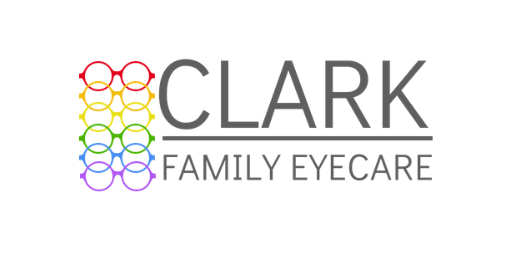
Soothe your eyes and ease your mind
Your eyes are stinging as you blink or maybe they're watering quicker than you can mop them up? These are just two signs that you could be suffering from dry eye. Dry eye is a fairly common condition particularly for avid digital users, over 50's and contact lens wearers.
The condition is caused by the improper production of tears. Either your eyes don't have enough tears or the tears are of poor quality, which means they dry up quicker, leaving the eye dry and irritated. Ironically, this can actually lead to the eye producing excess tears that provide only short-term relief.
What are the symptoms?
The most common symptoms of dry eye include:
- A sandy or gritty feeling
- Sore eyes
- Uncomfortable and sometimes painful eyes
- An itching or burning sensation
- Short-term blurred vision
- Watery eyes, as if you are crying
- Sore, red and inflamed eye lids, when Blepharitis or Meibomian Gland Dysfunction is present.
Who does it affect?
Dry eyes can affect many people in different environments. However you are most likely to be affected if
- you are over the age of 50
- you wear contact lenses
- you look at computer screens for a long time without a break
- you spend time in air-conditioned or heated environments
- it's windy, cold, dry or dusty
- you smoke or drink alcohol
- you take certain medicines (for example, some antidepressants or blood pressure drugs)
- you have a condition, such as blepharitis, Sjogren’s syndrome or lupus.
How can it be managed?
Managing dry eye tends to require an ongoing treatment plan, which can vary depending on the severity of the dry eye or any additional complications such as blepharitis. Many cases can be helped by the use of eye drops, particularly preservative free drops which contain certain ingredients.
For the best bespoke advice for your eyes, book in to see one of our optometrists today. During a dry eye consultation, your optometrist will assess the quality of your tears, factors which can affect dry eye and provide a treatment plan, with details of any follow-up appointments you may need.
This consultation is included on the eyecare plan and can be accessed by members of the plan at no additional cost.
